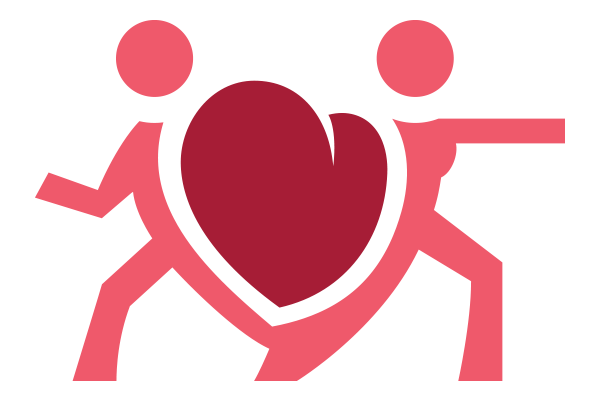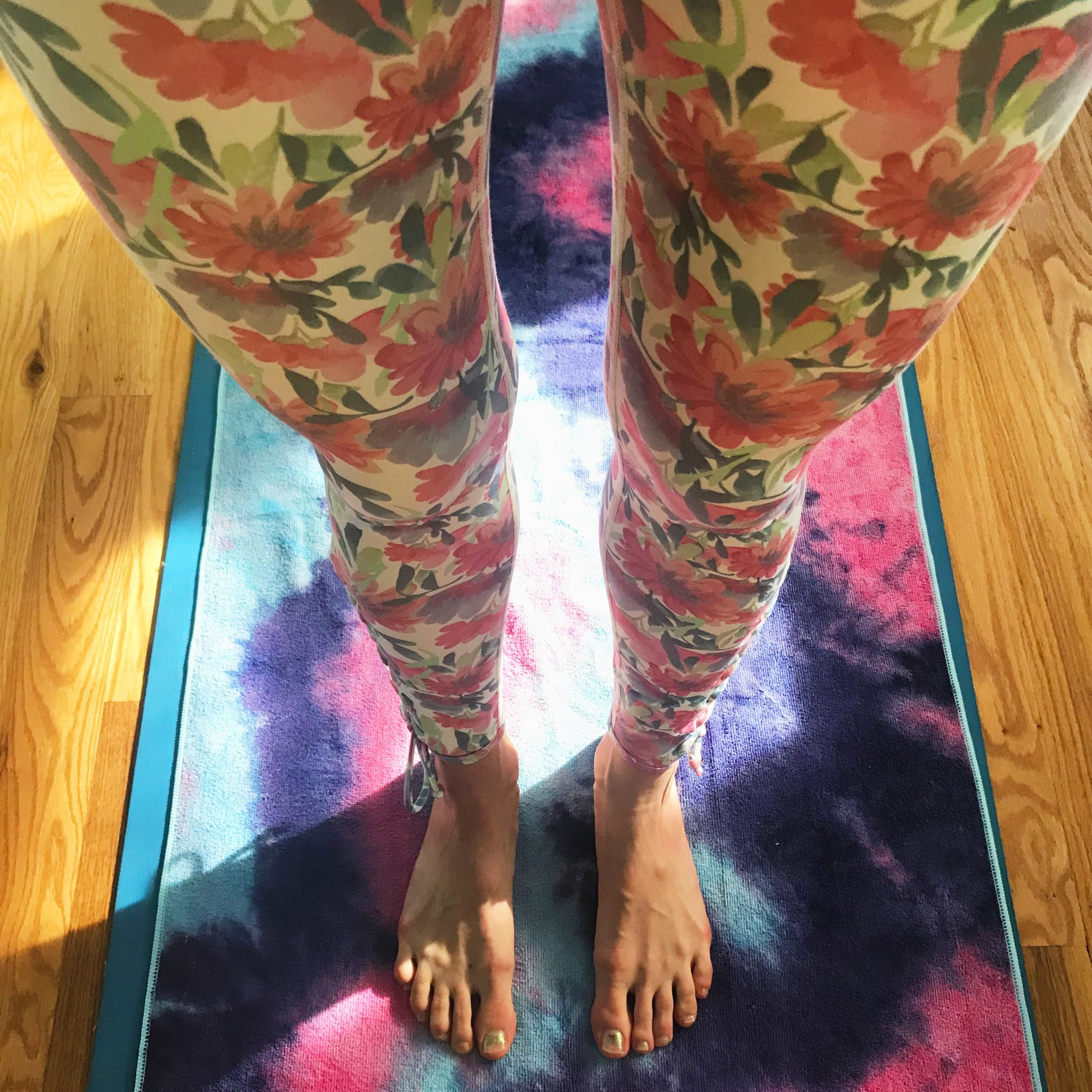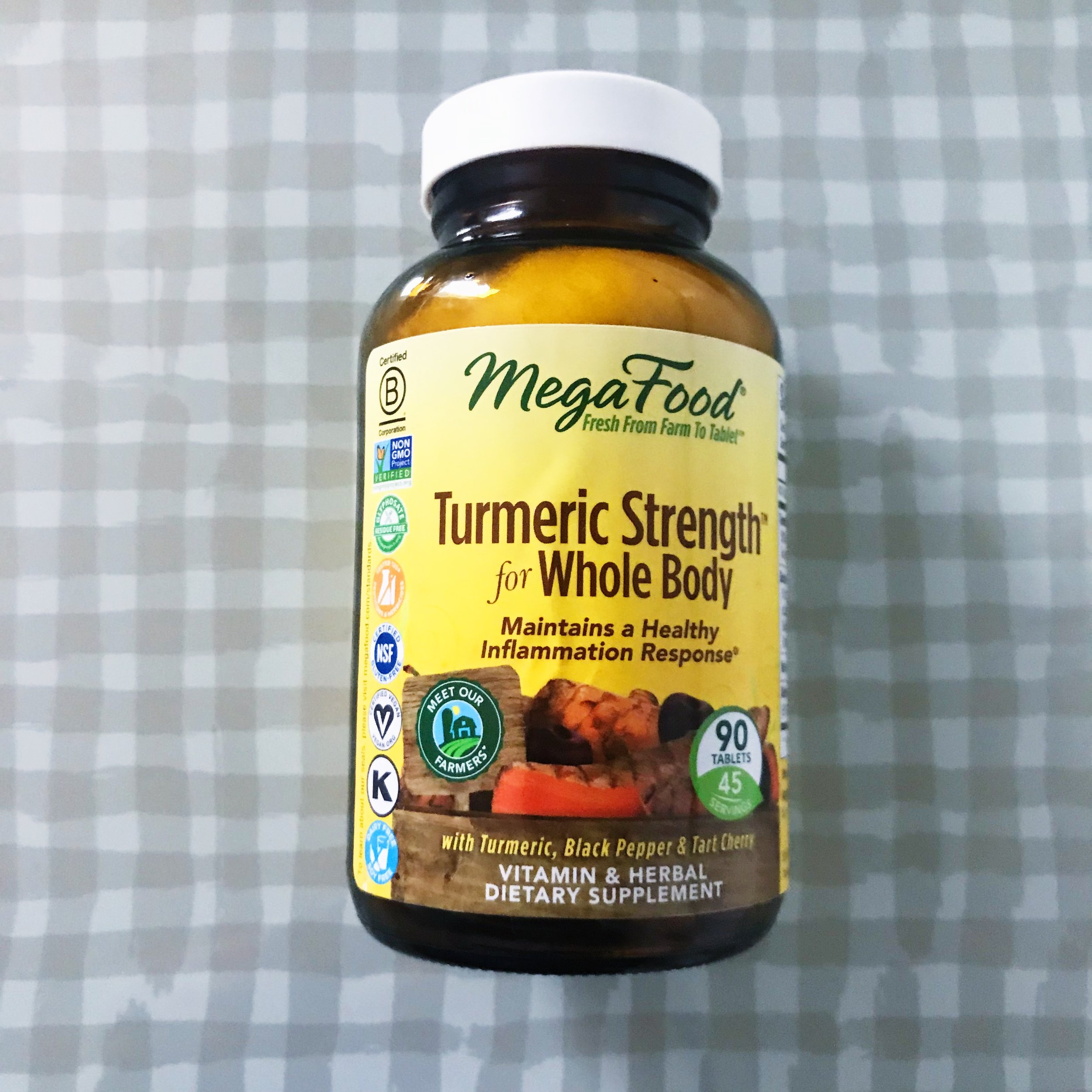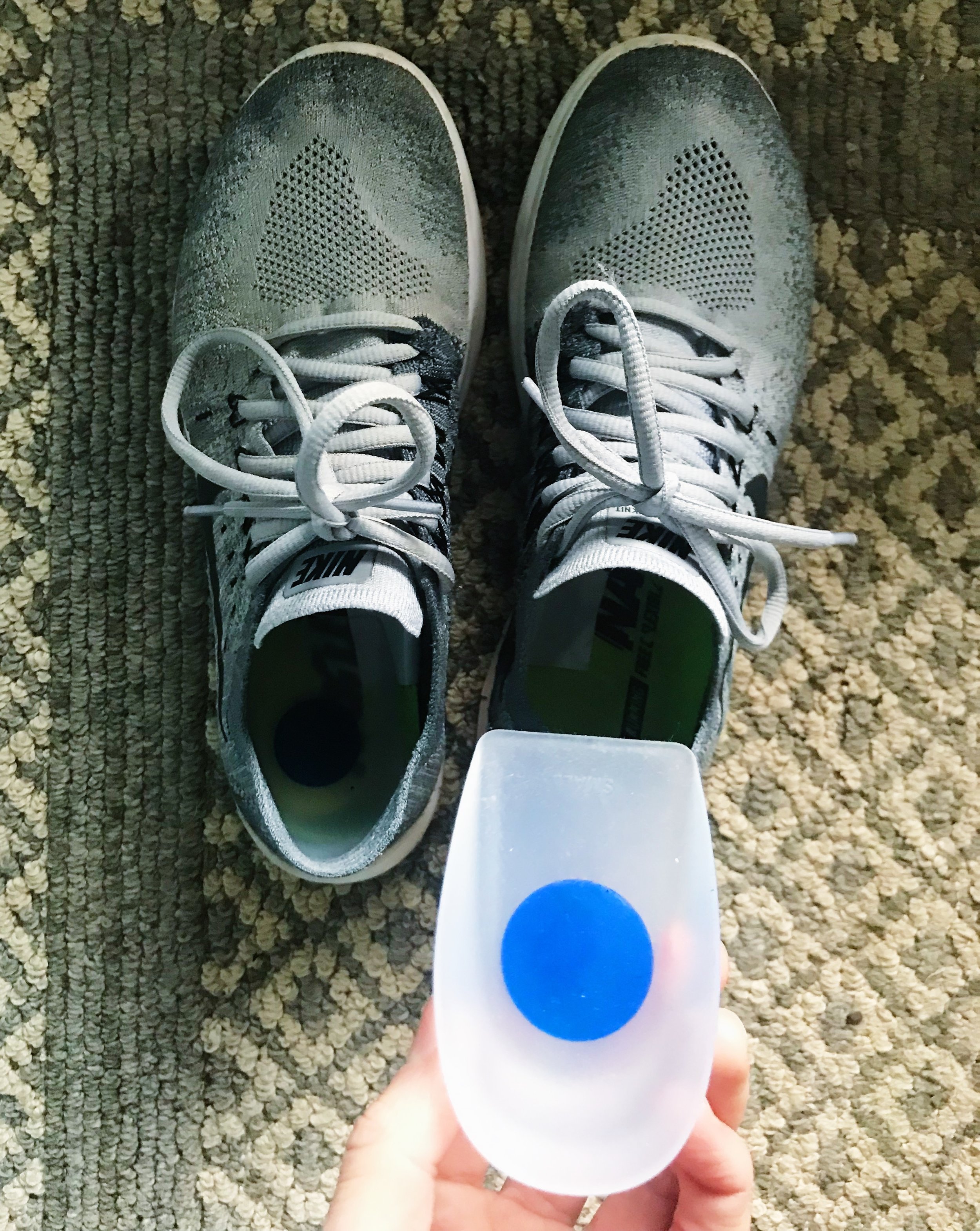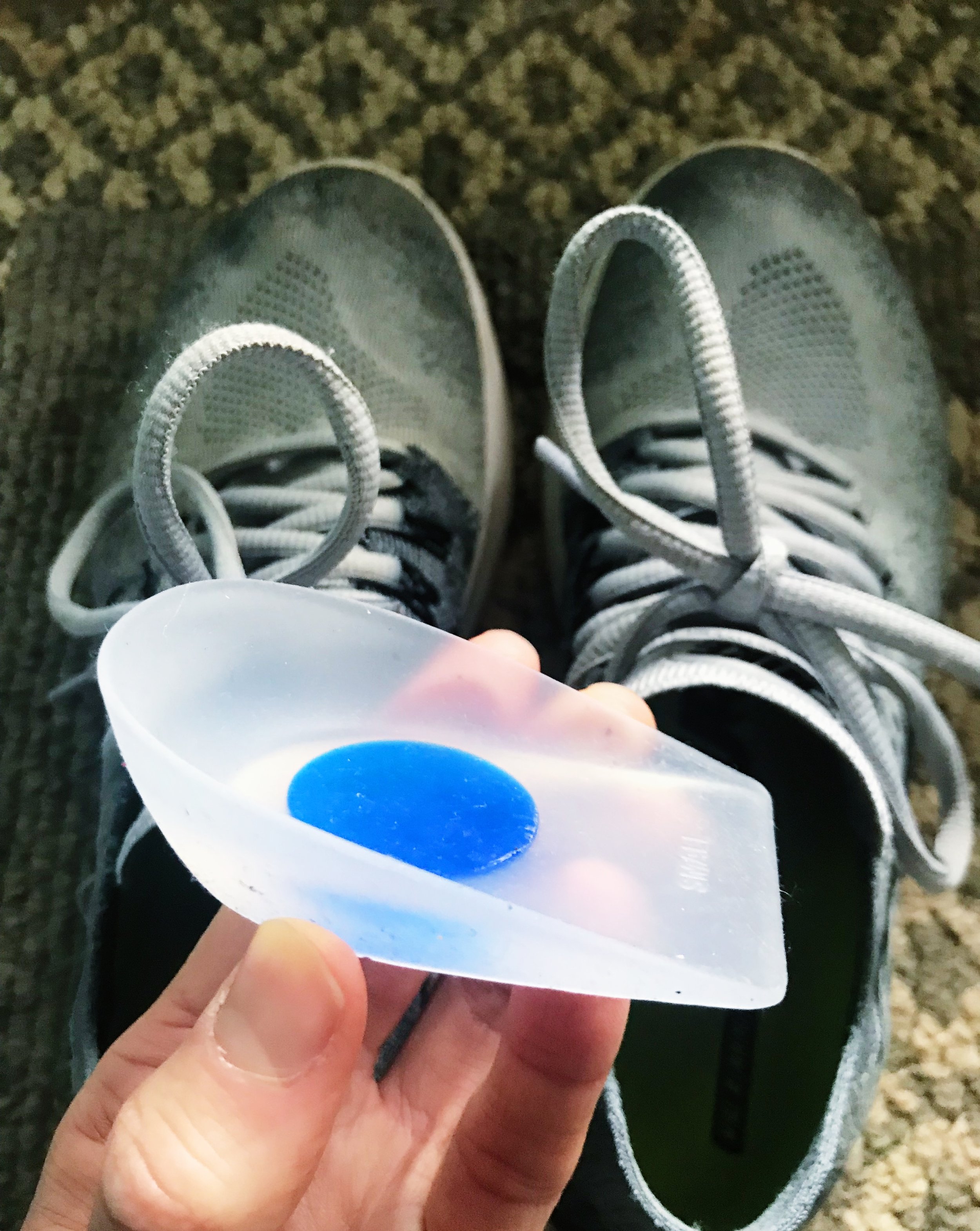Tips for Recovering from an Achilles Injury
The most important aspect of your recovery for this injury is listening to your body and following your own time frame for a return to running and integrating any rehab.
Marathons are sometimes a tricky business: 26.2 miles of running is a long way to go, but it’s sometimes an even longer way to do when you go run 26.2 miles as fast as you can. As I outlined in my 2018 CIM race report, for a variety of reasons I went into this particular marathon on a shortage of longer long runs—just two 16 milers—so while I was pumped with my 2:48:31 PR, I was also probably a little more beat up by racing a good 10 miles more than I had trained all fall. I’ve been very fortunate in avoiding injuries by and large, but since 26.2 miles tends to be a stretch for my low-mileage self, it is not unusual for me to feel a little niggle or two after my marathon. Usually these weird little areas of pain or tightness naturally work themselves out during my two weeks of post-marathon down time. I thought this would be the case when my Achilles flared up after CIM—especially because I had never previously had anything this seriously wrong with that tendon, and I was actually not having any noticeable Achilles pain until after five days post-race! However, rather than naturally fading away with my post-marathon fatigue, this Achilles issue became the only true injury I’ve had since I can remember (if I discount the couple more persistent niggles this fall). This was also an honestly extremely aggravating injury, which as I learned, can be rather difficult to treat. In the hopes that this helps someone else to avoid or recover from their own Achilles issue, here is what I learned through this ordeal and how I intend to prevent this from happening again!
I raced the Shamrock Half this spring on March 17 on just five weeks and two days of running. This was actually my second fastest half marathon ever, and it came after suffering through this Achilles injury from December through late February: hang in there if you’re currently injured. Remember that the light is there at the end of the tunnel and that patience (and hopefully my tips here!) can go a long way towards speeding you to your next starting line with strength.
1. Be very very very patient.
What I found most frustrating about this injury was that I just didn’t know what to do—moderate amounts of time off seemed to not work (5-10 days) as I could feel pain honestly as soon as I started running again. Should I just take 3 weeks off and then I would be perfectly healed? I really just didn’t know, and I really didn’t know who could give me any answers. (As goofy as this may sound, I really have had so few actual injuries—almost none!—in the past 5-7 years that I didn’t really know what to do!!) The first month of this Achilles issue I spent taking a week or so off, getting to a point where I appeared to have zero pain whatsoever doing any kind of walking or cross-training, etc., continued to have no pain at all like this for several days, but then as soon as I tried to start back running again, bam, back to square one pain-wise. Mentally, this vicious cycle became more difficult with each iteration because I felt like I was starting all over again and I wasn’t even sure if anything would change with more time off or how much time off I should even try to take!
These attempts to take a little time off and then run again really weren’t all that dumb on my part either: I just hadn’t realized this injury was different from any little niggle that I had had before, and that it was not going to just easily go away on its own. After the Kiawah Marathon in December 2017, I also had a weird Achilles issue, in my opposite heel. (The fact that this more recent injury was the other heel made me feel oddly relieved this time around…at least whatever it was, this was not the same exact issue back to haunt me from an entire year earlier!) This earlier heel pain, after the marathon in 2017, was rather unusual in that I only experienced pain when wearing shoes with a heel; I could walk and even run barefoot with absolutely no pain at all, but as soon as I had anything pressing on the back of my heel, I was in a lot of pain! With that one, I just walked around in swim sandals for a couple weeks in December (ha!), iced diligently before bedtime, and then in my transition back to running, I just wore Nike Frees for a couple weeks since the flyknit upper was the only material that I could have around my heel that didn’t really hurt! No big deal, took a few weeks off with some sporadic running, and then back to running full-time with hardly a hiccup! This more recent Achilles issue gave me no indication that it wouldn’t behave similarly to my other weird post-marathon kinks that just work themselves out as I fully recover.
This post-CIM Achilles issue felt different, though I had no way of knowing that some time off and care on my part wouldn’t solve it. Thus, I continued to frustratingly go through a couple cycles of 10 or so days off, followed by one attempt to run about two miles which would result in the pain immediately coming back. After two rounds of this, I developed some irritating and (to me, anyhow), alarming “crepitus” (side note: is there a more annoying word?) which the luckily uninitiated may not know is a sort of creaky or crunchy feeling in the Achilles when moving the foot around. I took about 14 days off and then saw a P.T. who advised me to ease back into running: as he explained it, tendons like some tension to make them stronger, as long as the pain is not above a 5 or so, etc.; in retrospect, this was a very very bad idea, and almost ironic in how my situation was the reverse of the usual “runner goes out running against the doctor’s orders”—I was really ready to just keep not running if that extra time off was going to do anything! Instead, I went through another 2 weeks of trying to run on a painful Achilles that kept getting more and more creaky, and more and more alarming to me, and it was pretty obvious that this wasn’t actually getting better and I felt like I was semi-losing my mind with the lack of actually pain-free running! The P.T. suggested injecting the tendon sheath with an anti-inflammatory which sounded to me like something I wanted to avoid if humanly possible; even if my Achilles itself wasn’t the part of my body receiving the injection, I really didn’t want that happening even in the general vicinity of my Achilles. I want to run for the rest of my life! Instead, I went to the doctor in town who is known as the king of the running doctors, which is probably what I should have done to begin with…
Use activities which do NOT hurt to keep you sane without running: I swam and used the elliptical (interestingly enough, the elliptical didn’t ever hurt, only walking and running). I enjoy swimming more, but the elliptical gave me a taste of that running motion which I sorely missed.
2. Go see a doctor who knows runners as soon as possible.
If I had seen the doctor before the P.T., I would have been back running at least a couple weeks sooner. Instead I suffered through two weeks of measly runs before seeing the doctor followed by two weeks totally off at the doctor’s orders. On a positive note, I did eventually see the right person and it was not too late! The doctor put me on prescription anti-inflammatories (better than an injection because needles leave holes behind, you guys!!) and within literally 48 hours, 95% of the crepitus was gone. The crepitus feeling had been so bad that I was finding myself really having a hard time in yoga with any kind of movement that involved pressing the heel down in any capacity: this doesn’t sound like it would be many movements, but as a yogi with a currently misbehaving Achilles, I discovered that this actually happens quite a lot!
3. Use an anti-inflammatory gel with a “flossing” movement twice per day.
I’m not a doctor, so please talk to a smart one before you implementing anything I give you here! However, my prescription anti-inflammatory gel, rubbed on my Achilles with a technique called “flossing,” really made a big difference. Now, what is “flossing” you may ask?
I too had this question! Here is the best answer I found, as explained by “Brad and Bob” aka “the most famous physical therapists on the internet”: https://www.youtube.com/watch?v=Y8Ag3Nbj98k
I used Brad and Bob’s technique which, in a quick summary, is essentially as follows:
1.) Begin in the correct position for your heel: “shorten the Achilles” by ensuring your knee and ankle are stacked normally (no stretch to the Achilles) with heel planted on the floor.
2.) Now using the thumb and first finger of one hand (the space between is about the width of your Achilles), go back and forth over your Achilles (direction here is forward and back, towards the toes and then back towards the heel, NOT up and down).
To this technique, I also added another type of flossing as explained by my doctor:
Keeping the thumb and first finger sort of pinching (LIGHTLY) my Achilles, I would move my foot around in all directions: up, down, left, right, little circles, etc. just for about 10 seconds or so. What is very interesting about this is that sometimes I would get this good feeling crack noise further up my calf when doing this—it was very satisfying, as though something was moving back into place!
I diligently did the first of these techniques twice per day for about 3 weeks, and then added in the second flossing technique after about the two week mark.
4. Start VERY easy with the rehab.
Everywhere online you read about eccentric heel drops—I was not ready for this. Often as a runner, and especially as an injured runner, you will find yourself wanting to take action in some way towards getting better because otherwise your situation feels more helpless! Don’t let this get the better of you, and in this particular case, you really need to listen to your own body instead of everyone who tells you that calf raises should be your jam. My doctor actually didn’t advise me to do any rehab exercises in my first visit; instead we just needed to get everything calmed down and not creaky! Just before our follow-up visit, I had done massive research and came across eccentric heel holds. I knew just by how I felt that I wasn’t ready for real calf raises yet, and then somewhere in the depths of my internet research, I came across eccentric heel holds as an alternative. For these, you essentially hold the mid-point of where you would be for a calf raise for about :30-:45. So, to make this clear, you are not doing any kind of movement up or down here, and you are not all the way up on your toes: instead, you are just a little up on your toes, in a not-quite-fully lifted calf raise as shown below. I began these at about my third week back to running, and just did them every other day. After about 4 weeks back to running, I felt I could do real calf raises—I was correct!—and I began adding these in every other day, just once per day. When I do calf raises, I do them in three directions: with toes pointed forward, toes slightly out, and finally with toes slightly in: this strengthens different areas in your calves than just the regular toes straight forward version. I do 15 reps of each direction, and just do this once through.
The most important part of your rehab exercises is to go at your own pace. When my Achilles was recovering, I almost couldn’t imagine doing a calf raise—it looked painful to me—so really listen to what your body is telling you and be patient with adding these into your routine
5. Be VERY mindful of over-stretching.
I stretched my calves gently but was careful to not stretch the lower section of my calves near my Achilles overmuch. In particular, even in yoga, I was very gentle about pressing my heels towards the floor in downdog. I actually paused before my full and usual stretch so as to avoid even the possibility of overstretching: I kept myself more on my toes, rather than heels to the ground in my downdog for a few weeks.
6. Add in any supplementary measures you can think of to eliminate inflammation or otherwise support your healing process.
Again, note that I am not a doctor, so of course, do your own research as to whether the below are appropriate for you.
1.) Take a turmeric supplement. Note that you need black pepper to aid in curcumin absorption (curcumin is the ingredient in turmeric with all the anti-inflammatory properties). Supplements should have much higher concentrations of curcumin than just turmeric alone (you’d have to be using an exorbitant amount of turmeric to really get any benefits from it, thus why a supplement versus the plain spice is helpful).
2.) Take a collagen supplement with specifically Type II collagen. Type I collagen is found in bones and skin, while Type II is found in cartilage.
3.) Use a heel support for your first few weeks back to running. I used the Visco Gel Heel Cups linked here. I also wore these in my regular walking-around shoes and was generally very careful to not have anything pressing on my heel in an uncomfortable way.
4.) Reevaluate your footwear. I also had to switch back to my Nike Epic Reacts with the FlyKnit upper (I wore these all 2018 until I had some that metatarsalgia pain, which was finally fully cured thanks in large part to my NormaTec boots), from my Hoka One Ones which pressed on my heel way too much! Besides the material at the back of the heel of your shoes, also consider also your heel to toe drop ratio (this, in quick terms, is the height difference between your heel and toes while wearing the shoes): a lower drop from heel to toe increases strain on your calf and Achilles, whereas a higher drop can help alleviate this. Interestingly enough, my Hoka Cliftons have a very low heel to toe drop, while my Nikes are much higher, so perhaps that was a contributing factor somewhere along the line—my calves were really tight after my marathon, and I almost exclusively walked around in my Cliftons for the week after the race with these tight calves.
5.) Reevaluate your socks. I now always run in socks that come above the heel of my shoe so as to offer an extra layer of protection from any direct friction between my heel and my shoe.
Remember that if you are in the midst of an Achilles injury, it can and will get all the way better with patience and time. You can’t do everything all at once for this type of injury—tendons take a while to heal, but they do heal. If you’re looking to prevent Achilles issues, I recommend strengthening your calves with the 3-way calf raises described above, regularly stretching your calves, and checking out your footwear to make sure it best supports your particular stride and needs. Please share with your friends with Achilles issues!
